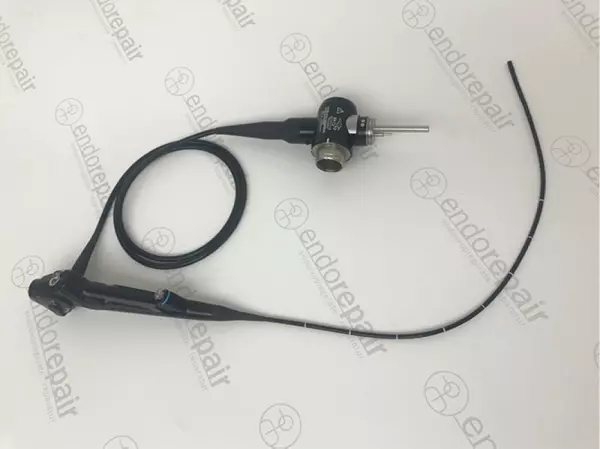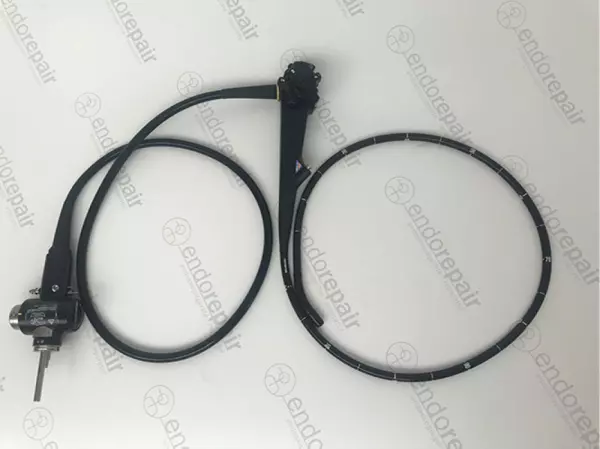
High quality, medical, flexible bronchoscope...
Our product range of medical endoscopes - High quality, medical, flexible bronchoscope for expe...
Portal and digital medical technology fair of the largest MedTech cluster in Germany

High quality, medical, flexible bronchoscope...
Our product range of medical endoscopes - High quality, medical, flexible bronchoscope for expe...

High quality, medical, flexible duodenoscopes...
Our product range of medical endoscopes - High quality, medical, flexible duodenoscopes for exp...

In addition to performing a pharyngoscopy, a physician may perform fiber-optic pharyngoscopy to look inside the upper respiratory system. This procedure is beneficial for determining the cause of obstructive sleep apnea, or OSA, and may be used to identify treatment options. This procedure uses a flexible endoscope with a camera that sends pictures to a video monitor. The patient is numb during the procedure, and a continuous positive airway pressure is used for the duration of the examination.
Pharyngoscopy is commonly performed with topical anesthesia, a type of general anesthesia. Patients may undergo this procedure in the provider's office or a hospital, depending on the circumstances. Direct laryngoscopy is performed through a lighted tube, and does not require the use of a tracheal tube. A nasogastric tube is typically used for this procedure.
The procedure is most effective for evaluating the voice box and the area around the gullet. The procedure may be combined with a direct laryngoscopy for tumors. The doctor may use a thin needle to observe the area. The physician may need to rest the patient's voice before performing a pharyngoscopy. During the procedure, the healthcare provider can check the extent of the cancer in the nasopharynx and recommend treatment if necessary.
Another procedure that requires a lighted tube is fine-needle aspiration. This technique uses a small amount of radioactive material to view tissue in the nasopharynx. It may be done in the provider's office or hospital. It requires the use of topical anesthesia, and general anesthesia is required for a comfortable, painless experience. This test is commonly performed to diagnose a malignant tumor.
In patients with OSA, a pharyngoscopy may be recommended. There are two types of pharyngoscopy. Both methods provide a clear image of the UA. The two main procedures are CFPMM and traditional pharyngoscopy. In both procedures, the doctor will place a specialized lighted tube inside the patient's throat to observe the UA.
Computer-assisted fiber-optic pharyngoscopy can be used to visualize the inner pharynx. The procedure can also be performed through a hand-held mirror, which allows the provider to view the tissues in the throat. It is not necessary to use an esophagram, as a barium esophagram can be obtained without the use of pharyngoscopy.
During this procedure, the healthcare provider will place the endoscope in the patient's mouth. Its purpose is to examine the esophagus. A pharyngoscopy can identify different types of problems and help the physician decide which treatment is best for the patient. A pharyngoscopist will use the esophagoscope to see any abnormalities in the throat.
Surgical endoscopy is performed with a standard PEG tube that can be pulled through a dedo. A headlight and a standard PEG tube are used. During a panendoscopy, a surgeon will insert a Freche monopolar needle-tip laryngeal electrocautery unit. The patient should remain unrestrained during the procedure. In rare cases, an esophageal biopsy may be necessary.
During a pharyngoscopy, the physician may observe an obstruction in the esophagus, such as a foreign body in the pharynx. This condition will be treated by performing an endoscopy. An assistant can help with a pharyngoscopist in a pharyngososcopy. In the past, tonsillectomy was performed only after observation of a perforation in the mediastinitis and nasopharynx.
A pharyngoscopy is a medical procedure used to examine the throat and mouth. The procedure is usually performed under general anesthesia. A doctor may perform a pharyngoscopy under general anesthesia. In most cases, an endoscopy will not be required. However, it is important to inform your doctor of any allergies and other health conditions, including those that you have had in the past.
Become a digital exhibitor yourself in the online portal of the largest and best-known MedTech cluster region in Germany and inform the world of medical technology about your products and services as well as about news, events and career opportunities.
With an attractive online profile, we will help you to present yourself professionally on our portal as well as on Google and on social media.